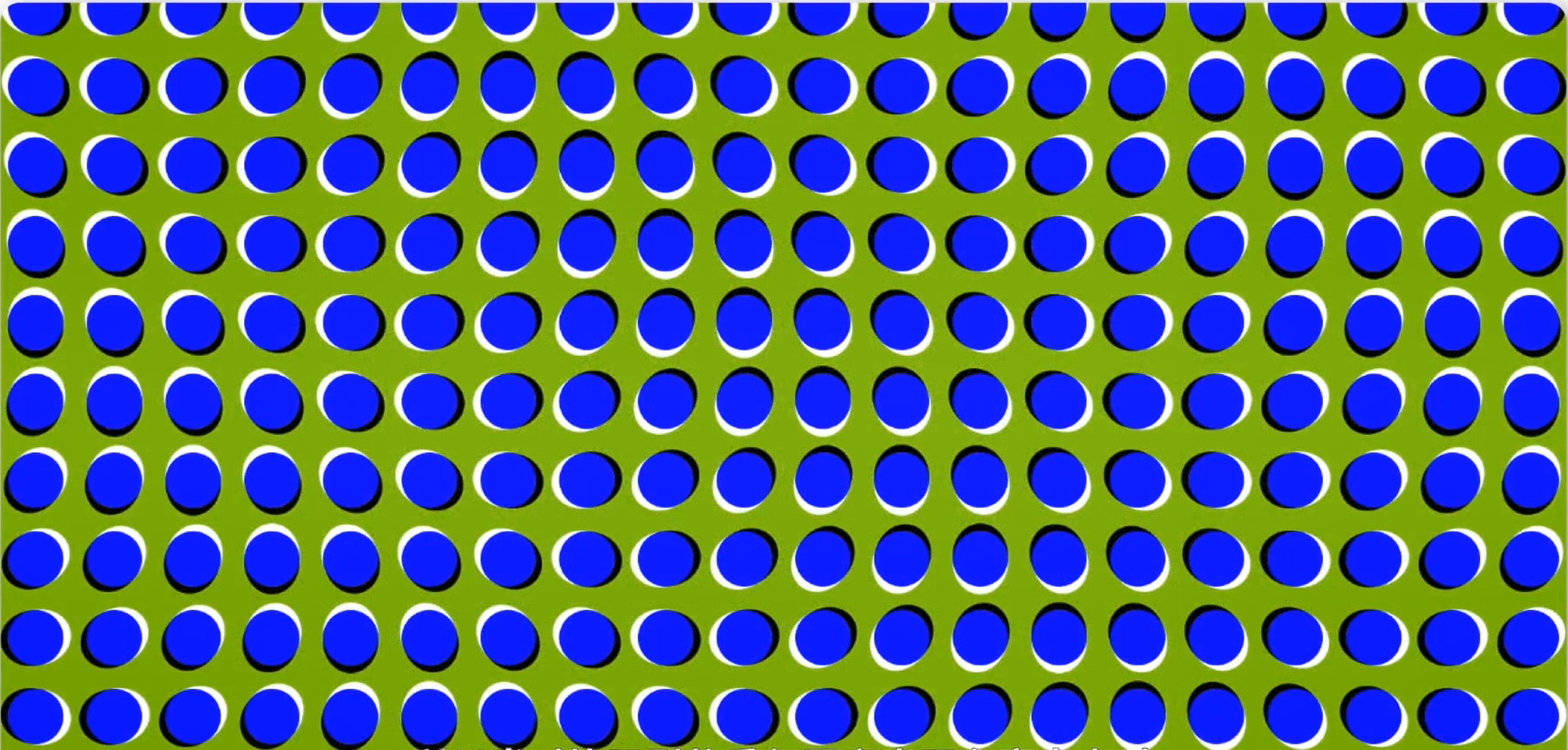
The Pipe Factory
After the visit to the Pipe factory at the end of October, the magnificent grand building with its red Italian renaissance inspired design details, was unforgettable at first sight. Each arched window is like a gateway to the art world, creating a vibrant and supportive arts community in Calton, giving artists a space of independent accessibility and possibility, but also important for the educational turn.
Then I began to think about what activities I could organise in this art space that did not limit my imagination. As an interdisciplinary student with no previous experience in art practice, this was not an easy task for me. At first, I tried to use the idea of advertising planning to organise my art event, but I found that it didn’t work. It was a much more public and innovative approach. So I took the following steps to help me think through my project proposal and critically reflective plan.
-
Firstly I reviewed the 4 sections given by Teacher Beth again, to think about the values of The pipe factory, the forms it could take and the excellent art activities and artworks that had been produced before. By immersing myself in that space as much as possible, I was able to think about what I should do as an artist.
-
I re-read the resources that Professor Neil listed in the handbook and made some notes on what was enlightening. After reading nearly 10 articles, I finally found some new ideas and thoughts in other people’s art activities.
-
I went to a wide range of OER websites and content, starting with the various open resources provided by Teacher Beth, such as THE CENTER FOR URBAN PEDAGOGY, PIET ZWART INSTITUTE and many other interesting websites, my favourite was AHTR (art history teaching resources), the art community made me think about how to organise art activities from the perspective of an art instructor.
-
I enrolled in MoMA’s five courses on Coursera, focusing on two programmes, Art and Inquiry: Museum Teaching Strategies and Modern Art & Ideas. This course helped me to think about how to organise and design the content of the activities
-
I reviewed my own knowledge base about the arts that I already had, as well as my own experiences and experiences, and I thought about the Art Psychology course that first got me into art in my previous undergraduate years, and I hope to recreate this course through an educational turn, combining it with open learning and resources, and a public approach to the courses, so that more art lovers could have the opportunity to learn and participate in the course, even if they don’t have the opportunities or funds to go to an art school. It also can inspire and support more artists’ works, and implement the flexibility of learning and make knowledge liquid and accessible.


